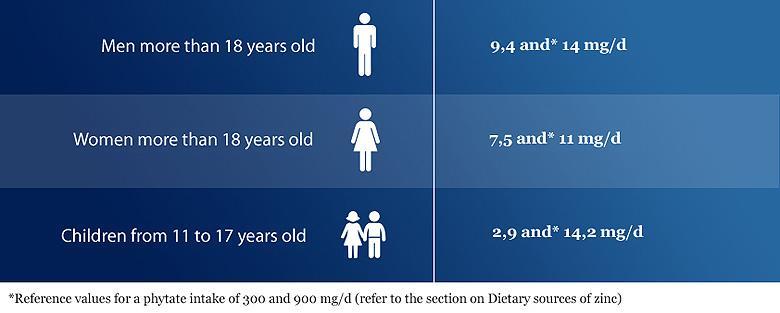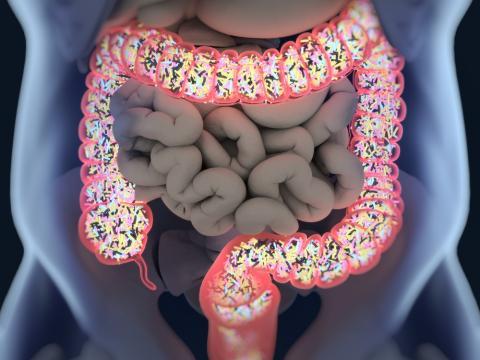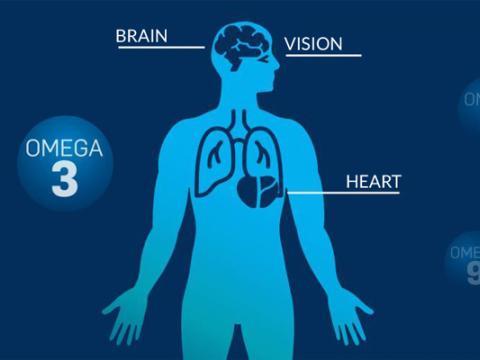The main biological functions of zinc
Zinc is involved in the synthesis of proteins and nucleic acids (DNA and RNA), in the repair of DNA and in the regulation of gene expression. Zinc plays a role in stabilising the structure of insulin, which is important since this maintains the balance of: blood sugar levels, thymulin (which activates the division of some immune system cells) and other hormones. This element is also involved in the metabolism of polyunsaturated fatty acids (functions in blood and vascular system cells) and of prostaglandins (inflammatory signs, vasodilation and pain) and in the stability of cell membranes. Finally, zinc is involved in chemical reactions that combat oxidative stress1.
Zinc* thus contributes to:
- the normal synthesis of DNA,
- normal acid-base metabolism (regulation of blood acidity),
- normal carbohydrate metabolism,
- normal cognitive functions,
- normal fertility and reproduction,
- the normal metabolism of macronutrients (carbohydrates, proteins and fats),
- the normal metabolism of fatty acids,
- the normal metabolism of vitamin A,
- normal protein synthesis,
- the maintenance of normal bones, hair and nails,
- the maintenance of normal skin,
- normal levels of testosterone in the blood,
- the maintenance of normal vision
- the normal functioning of the immune system,
- the protection of cells from oxidative stress.
Zinc also plays a role in the cell division process.
*Results of the scientific evaluations conducted by the European food safety agency to investigate health claims (European Commission, 2016). Health claim: all claims which state, suggest or infer the existence of a relationship between, on the one hand, a category of food products, a food product or one of its components and, on the other hand, health.
Reference nutrient intakes
The reference nutrient intakes for different populations are shown below:

The reference nutrient intake for a population is the intake that should meet the needs of most of the group to which they apply, and is estimated based on experimental data. It corresponds to the intake formerly described as the RDI, the recommended dietary intake.
The intake must be increased for pregnant or breast-feeding women by 1.6 mg/day and 2.9 mg/day, respectively. (EFSA 2014b)
Dietary sources of zinc
The foods that have the highest zinc content are meat, offal, cheese and legumes as well as fish, molluscs and crustaceans.
| FOOD | ZINC CONTENT (mg/100 mg) |
|---|---|
| Wheat germ | 14 |
| Crab | 11,9 |
| Beef | 11 |
| Wheat bran | 7,49 |
| Pig liver | 6,72 |
| Firm cheeses | 4,23 |
| Red lentils | 3,9 |
To find out which other foods contain zinc, visit the ANSES website.
The bioavailability* of zinc depends on numerous diet-related factors, notably the impact of phytates (found in cereals and legumes), calcium and iron which inhibit the absorption of zinc.
*Bioavailability: the proportion of the nutrient in a food which is ultimately assimilated by the body.
Deficiency and excess of zinc
The very old are much more likely to be deficient in zinc since intestinal absorption of the element decreases with age. Other groups likely to be deficient are vegetarians and those with alcohol dependence.
A zinc deficiency may have an impact on numerous biological functions listed above in which zinc is involved. Typical symptoms are dry skin, hair loss, brittle nails, greater susceptibility to infection, weight gain, fertility problems, etc.
An excess zinc intake may reduce the absorption of other minerals such as copper and iron and thus cause anaemia and weaken the immune system.
Deficiency: The term “deficiency” is used exclusively to define cases in which there are evident clinical symptoms (if these symptoms are not present, the term “insufficiency” is used)
Insufficiency: The term insufficiency is reserved for cases in which the zinc levels can be quantified only by checking for biological markers of depletion. Insufficient states are not accompanied by clear specific clinical symptoms. (French ministry of employment and solidarity, 2000)






